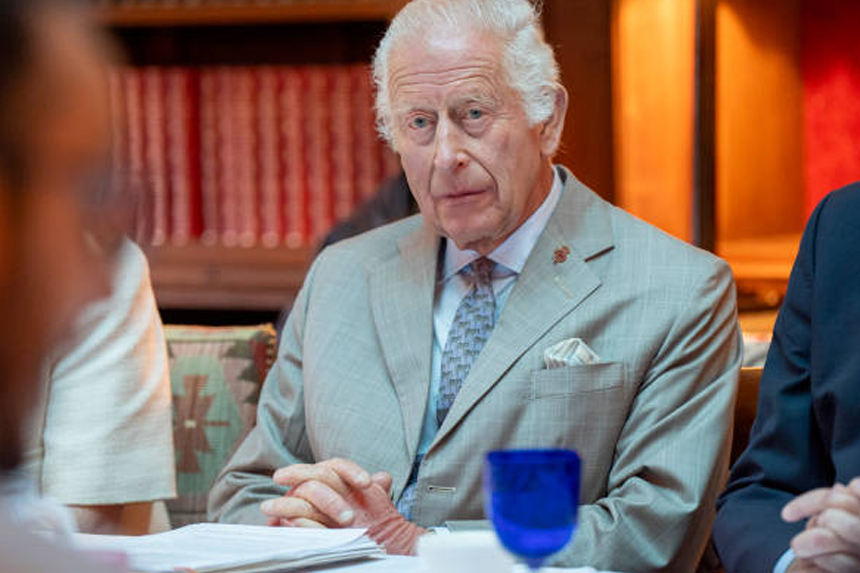What Led to This Remarkable Turnaround?
Just eight months ago, it seemed improbable that King Charles III and Queen Camilla would be arriving in Australia on a historic royal visit. Buckingham Palace said in February that the King had cancer and that all of his “public-facing responsibilities” would halt on the doctor’s advice. For a 75-year-old struggling with a cancer diagnosis, the notion of a long trip to Australia, coupled with the severe time difference and a calendar full of royal engagements, seemed overwhelming at that time.
How Did the Palace Approach the Trip?
Palace officials stayed cautiously hopeful, though, never totally discounting the likelihood of the trip. Their deliberate wording exudes hope: “It’s not been ruled out,” they would remark, or “decisions will be made on the advice of doctors.” They underlined that “the King has to concentrate first on treatment for cancer.”
Late spring saw indications that the trip might still go forward. Working with the Foreign Office and the Australian and New Zealand governments, some of the King’s staff members visited Australia and Samoa to evaluate what was practical and finalize plans.
What Adjustments Were Made for the King's Health?
Would the King be fit to manage the demands of the tour? The response was yes, with some fundamental changes. New Zealand was off the agenda following medical advice. Buckingham Palace said this was a “tough decision” taken “in collaboration” with the governments of Australia and New Zealand.
Royal officials have been open about the King’s diagnosis and course of treatment; they have not revealed the particular kind of cancer he has or the specifics of his treatment plan. “His health is on a positive trend,” they say.
How Is the King Managing His Treatment?
The King receives continuous therapy and needs regular medical management. Still, he is sufficiently well for his physicians to sanction this trip; his cancer treatment will stop during his absence. Eliminating New Zealand from the plan and cutting the vacation will quickly help him return to his usual treatment routine.
The King and Queen’s program of events also deviates from the norm. They will arrive and have a day to rest before starting activities. Given their ages—both are in their 70s—the day off acts as further recognition of the King’s condition and the long trip.
What Does the Engagement Schedule Look Like?
The Australia and Samoa itinerary excludes late-night visits, state banquets, and nighttime events. Still, we should see more of the King over the next nine days than most of this year. Buckingham Palace stressed that the program has been created to “preserve the King’s energies,” and it added that “a lot of thought has gone into balancing the program.”
Charles is visiting the King of one of the 14 kingdoms, where he acts as Head of State for the first time. This also marks his first Commonwealth Heads of Government Meeting (CHOGM), where he leads the association, which includes 56 nations.
How Will This Tour Showcase the King's Resilience?
The King’s cancer diagnosis has presented difficulties for his rule, but this trip offers a unique chance to show a comeback to public life. Although doctors have approved this visit, the King also has the support of Queen Camilla, who has found herself increasingly engaged in solo events than she expected this year.
Emphasizing her husband’s “workaholic” attitude at many public events—even after his cancer diagnosis—Queen Camilla has been a significant influence inside the royal household. She has been accommodating in ensuring the King follows medical advice and takes the time to heal during his treatment. She will also immerse herself throughout the trip to Australia and Samoa, emphasizing literacy and helping victims of domestic abuse.
How Are Royal Tours Planned with Precision?
Royal tours are painstakingly scheduled, marked by a choreography of events and a checklist of benchmarks to meet—parliaments, dignitaries, military, environment, and culture. Although the Australian half of this journey seems conventional and familiar, it deviates significantly from past visits.
When he first visited Australia in 1966, the King was 17, beginning two terms of teaching experience at a private school in Victoria. Returning now as a 75-year-old king, he negotiates the hurdles of cancer treatment after a year beset by personal hardships.
What Are the Expectations for the King Moving Forward?
“How’s the King doing?” has been asked regularly this year, and it has often been difficult to offer a clear response. In the next few days, the public will be able to observe the King at work, day by day, close-up as the head of state, King of Australia.
The monarchy needs to maintain exposure, so this tour provides a significant exhibition for it—especially in a nation where debates on an Australian republic have been relatively frequent. Aiming to depict a King who looks well, interacts with the public, manages a full schedule of events, and embraces what Australia and Samoa offer, Buckingham Palace depends on the optics to create such an image.
What Does This Journey Represent for the Monarchy?
Arriving at this point has not been without difficulty. Still, royal advisers are confident that this visit will bring normalcy and a return to royal activity. The King’s presence in Australia promises an exciting and significant journey for him and the Commonwealth, attesting to tenacity against hardship.




